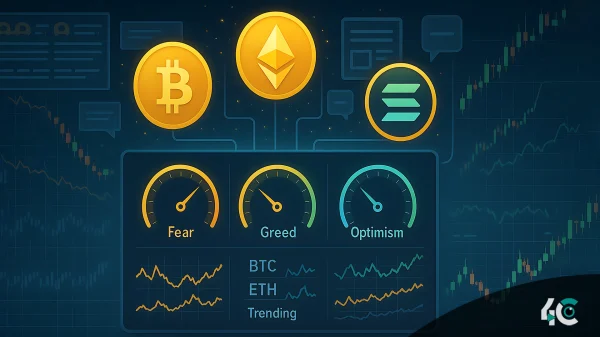The G7 policymakers need to enact a common framework to regulate digital currencies faster and more effectively, as the war in Ukraine emphasizes the need to protect them from being taken advantage of as a loophole to circumvent sanctions, according to a senior official at the Bank of Japan. An internationally recognized business development agency, the G7 refers to the Group of Seven, an inter-governmental political forum composed of Canada, France, Germany, Italy, Japan, Great Britain, and the United States.
It has long been rumored that cryptocurrency assets and stablecoins could be used by the Russian government to evade the financial sanctions imposed on that country since the invasion of Ukraine, and the concerns have led to renewed regulatory scrutiny.
Kazushige Kamiyama, BOJ’s director of payment and settlement systems, wrote last week about the possibility of a disruption of the global settlement system due to the ease with which digital currencies can be used to circumvent conventional payment means such as American dollars, euro and yen.
By using stablecoins, it’s not very difficult to create an individual global settlement system.
Kamiyama told Reuters in an interview.
As a matter of urgency, Kamiyama stated, the goal is to effectively coordinate regulation of cryptocurrencies and digital assets, as current regulations do not fully take into account their adoption and proliferation around the world.
G7 nations are now working together on this front, while sharing information on current developments.
Kazushige Kamiyama, BOJ’s director of payment and settlement systems
A number of Russian banks have been removed from SWIFT, the global payments system, by US allies including Japan for invading Ukraine on Feb. 24.
It is, however, not easy to regulate cryptoassets and stablecoins because holders can move funds quickly and easily across borders, unlike legal tender.
As part of the BOJ’s experiments on issuing a central bank digital currency (CBDC), Kamiyama, whose department is in charge of BOJ’s studies on introducing a digital yen, said that the need to balance privacy and money laundering concerns will also affect the design.
BOJ will start its second phase of experiments in April. This will last about a year and test features including whether to set a limit on the amount each entity can hold, he said. Kamiyama further added, the timing of CBDC will depend partly on how quickly the other central banks will move, whereas BOJ Governor Haruhiko Kuroda said they will decide whether to issue CBDC sometime by 2026.
The fact that the central banks of so many advanced countries are driving the CBDC simultaneously, dramatically and collectively could cause big changes in the settlement system in the future,” said Dr. Richardson. “Japan needs to make sure it’s not left behind.”
































